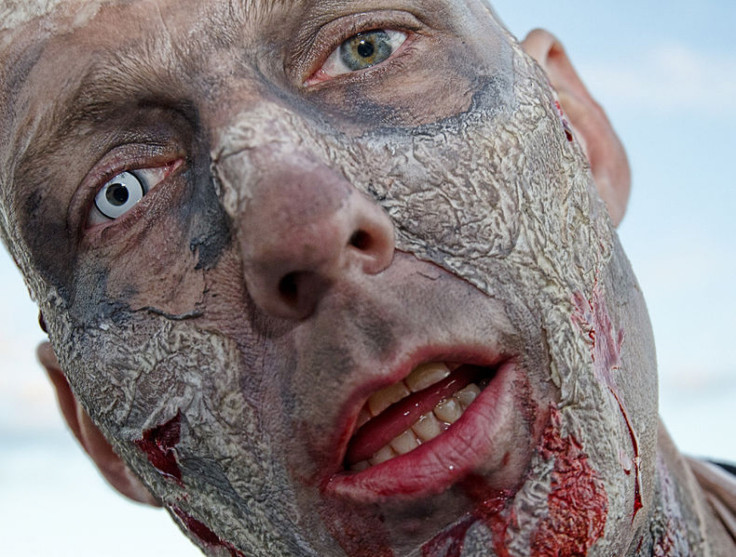Zombie Man With Cotard’s ‘Walking Dead Syndrome,’ Hangs Out At Cemeteries To Be Closer To Death

Graham was convinced he was a zombie. He hung out at cemeteries, his PET scans showed he was in near vegetative state and his teeth turned black because he refused to brush them.
The U.K. man, in fact, suffered from Cotard’s Syndrome, a rare psychiatric condition based on the “unshakable belief that one has lost organs, blood, or body parts” or “that one has lost one's soul or is dead.”
In an interview with New Scientist, the man identified as Graham recounted his experience with the condition that is now being controlled by therapy and medication.
"It's really hard to explain," Graham said. "I just felt like my brain didn't exist any more. I kept on telling the doctors that the tablets weren't going to do me any good because I didn't have a brain. I'd fried it in the bath."
Graham, who suffered from severe depression, attempted suicide using an electrical device in a bath. He believed his brain died from the incident.
"He was a really unusual patient," Dr. Adam Zeman, a neurologist at the University of Exeter, said. Graham's belief "was a metaphor for how he felt about the world -- his experiences no longer moved him. He felt he was in a limbo state caught between life and death."
Graham’s PET scan, the first-ever of a patient with Cotard’s Syndrome, showed exceptionally low metabolic activity in the frontal and parietal brain regions. Doctors said it resembled a patient in a vegetative state.
"I've been analyzing PET scans for 15 years and I've never seen anyone who was on his feet, who was interacting with people, with such an abnormal scan result," Dr. Steven Laureys, a neurologist at the University of Liège in Belgium, said. "Graham's brain function resembles that of someone during anesthesia or sleep. Seeing this pattern in someone who is awake is quite unique to my knowledge."
Graham said he felt trapped in a world where he couldn’t die. "I had no other option other than to accept the fact that I had no way to actually die. It was a nightmare," he said.
Sometimes police would pick Graham up from the local graveyard. He stood amongst the graves to be as close to the dead as possible.
"I just felt I might as well stay there. It was the closest I could get to death.”
Cotard’s Syndrome was first reported in the 1700s. Depending on the patient, the condition is linked to bipolar disorder, depression, and schizophrenia. In one of the most unusual cases reported, Iranian doctors described a 32-year-old man who said he was dead and that he had turned into a dog. He was diagnosed with Cotard’s Syndrome and clinical lycanthropy and was treated with electro-convulsive therapy.
© Copyright IBTimes 2024. All rights reserved.












